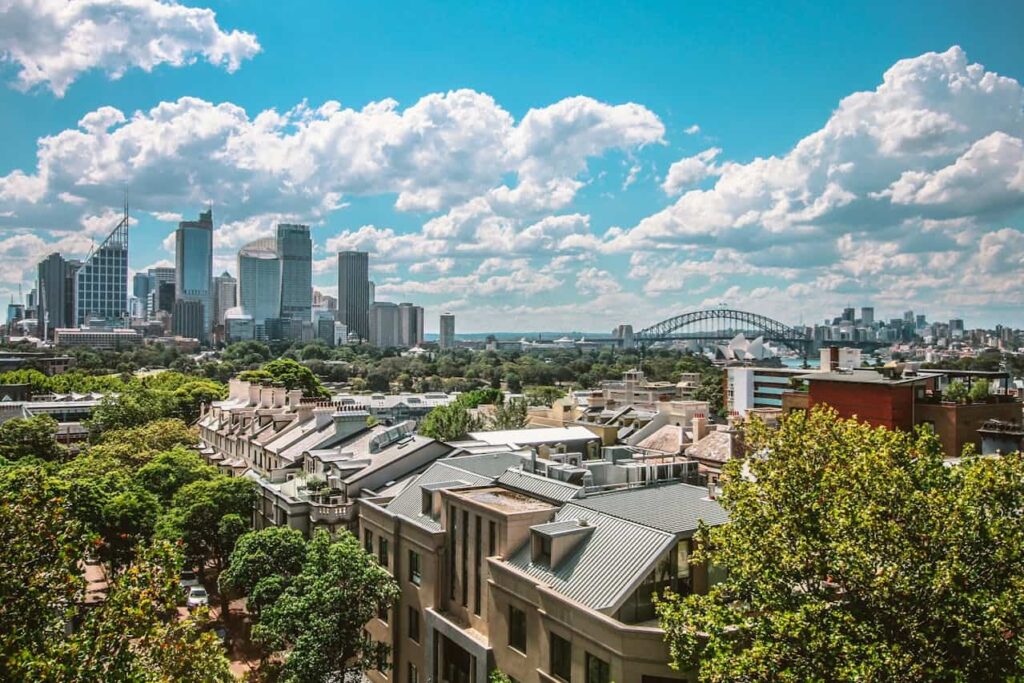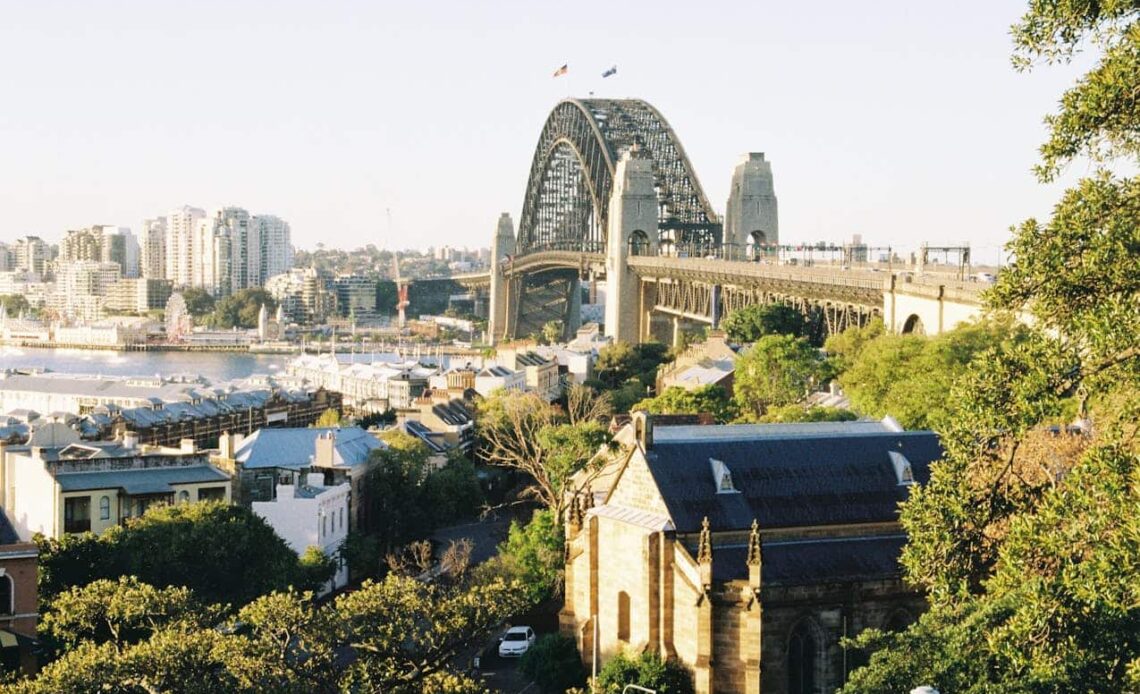The cost of living for Australian workers is on the rise, outpacing inflation and putting pressure on households across the country.
New data released by the Australian Bureau of Statistics (ABS) reveals that living costs for workers increased by 2 percent in the September quarter and 9 percent compared to the same period last year This quarterly increase is higher than the previous quarter’s increase of 1.5 percent and almost double the jump in inflation, which stood at 1.2 percent for the same time period. However, the annual increase has softened from the previous quarter’s 9.6 percent.
Factors Driving the Increase
Several factors contribute to the rising cost of living in Australia. One significant factor is the transition from fixed-rate mortgages to variable rates. Even though interest rates did not increase during the September quarter, mortgage repayments accounted for a large portion of the overall increase in living costs. As homeowners rolled over from fixed to variable rates, mortgage interest charges rose by 9.3 percent, following a 9.8 percent increase in the previous quarter.
Another factor impacting the cost of living is the surge in petrol prices. Major oil producers, such as Russia and Saudi Arabia, announced significant cuts to production in early September, leading to a jump in prices felt in Australia. Additionally, the declining value of the Australian dollar since June has made trips to the petrol station more expensive for consumers 1.
Insurance premiums have also contributed to the rising cost of living. Higher insurance costs, combined with increasing petrol prices and mortgage repayments, have put additional financial strain on households across the country.
Impact on Different Household Types

The rising cost of living is not limited to Australian workers alone. All other household types, including pensioners, beneficiaries, aged care pensioners, self-funded retirees, and other government recipients, have also experienced quarterly increases ranging from 0.5 to 1.4 percent. However, their annual increases have been less significant compared to workers, ranging from 5.4 to 6 percent.
For pensioners and government beneficiaries, housing costs, which include rents, utilities, rates, and maintenance, actually decreased. However, rising mortgage repayments and petrol prices still contributed to the overall increase in living costs for these households.
Conclusion
The cost of living for Australian workers is climbing faster than inflation, driven by factors such as the transition from fixed-rate mortgages to variable rates, surging petrol prices, and higher insurance premiums. These increases have put financial pressure on households across the country. It is important for individuals and families to carefully manage their budgets and explore strategies to mitigate the impact of rising living costs.
Note: The information provided in this article is based on data released by the Australian Bureau of Statistics (ABS)




